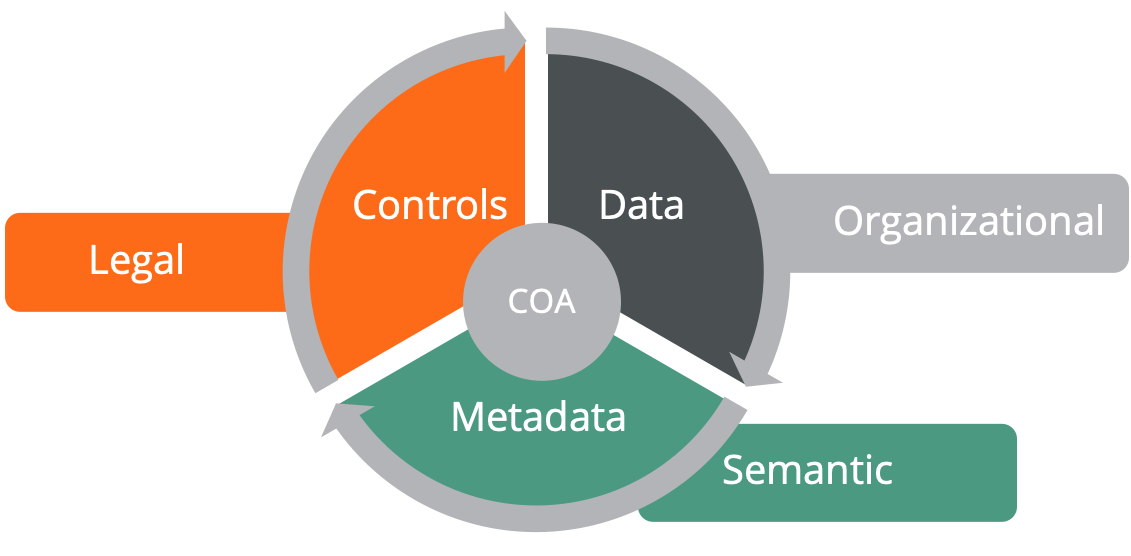The Power of Integrated GovTech and Government Resource Planning
The hype around digital technology for governments persists, but there is a key point often overlooked in all the noise. Government Resource Planning (GRP) is the heart of GovTech: the systems of record foundation, the digital core. That was our point to attendees at the 2025 FreeBalance International Steering Committee (FISC) in Dili, Timor-Leste.
This concept of GRP as the GovTech digital core highlights the transformative potential of integrated digital technologies for public financial management (PFM). While the adoption of digital solutions in government is growing, true benefits lie in interoperabilidade – the ability of different software systems to work together seamlessly.
All the customers at FISC leverage the FreeBalance Accountability Suite™, the first global GRP. After 40 years of experience exclusively working in GRP, we’ve built up a wealth of understanding of GovTech trends, GovTech hype, GovTech market maps, and GovTech benefits.
What is GovTech?
GovTech refers to the use of technology and digital innovation to improve the delivery of public services, enhance government operations, and foster citizen engagement. The general consensus is that GovTech includes categories of:
- Administration
- Content management
- Financeiro
- Human resources
- Colaboração
- Process management
- Prestação de serviços
- Smart infrastructure
- Open government
- CivicTech
Some analysts combine categories. Most analysts break down these into subcategories. And, most analysts see public finance management as, if not o key, one of the key GovTech categories.
The GovTech Integration Conundrum
Very few governments possess fully integrated public finance systems that can easily adapt to future reforms. This is not limited to developing nations: a recent OECD report revealed that only a handful of OECD countries have fully integrated financial management information systems, with the majority relying on older systems. Often, core functions like planning, finance, procurement, and civil service management operate in silos, hindering the potential of GovTech adoption and digital transformation.

Por quê?
Front-office, process management, open data, service delivery, and collaboration GovTech functionality needs to integrate with back-office systems of record. The lack of integration among systems of record, with different definitions, validations, classifications and metadata, controls structures and technologies (many legacy, some expired) limits citizen-centric GovTech functionality opportunities.
And this is not just about limiting citizen-centric GovTech: integration among public finance systems is crucial for achieving PFM objectives such as compliance and the availability of accurate and timely information for decision-making.
Integration is not Enough
Data integration among GovTech systems of record is only the first step. Different definitions, validations, classifications, metadata and controls inconsistencies are not solved through point-to-point data integration. Sets of APIs are useful, but not enough.
Interoperability goes beyond just moving data between systems. Interoperability requires semantic definitions for organizational data and consistent controls. We see the Chart of Accounts (CoA) as the primary object for controls and metadata management, serving as the central point for permissions and segregation of duties. Ideally, the CoA should be integrated with national development plans, visions, and sectoral strategies.
Interoperability requires data, metadata/semantic, organizational, and legal interoperability.

Cloud (by itself) is not enough
It’s often assumed that the migration of rigid on-premises systems to the cloud can solve GovTech interoperability challenges. But we challenge that assumption. Many cloud back-office options, especially Enterprise Resource Planning (ERP) can in fact be more rigid. This is a result of:
- multiple technologies with intrasuite integration challenges
- proprietary technology stacks and vendor lock-in
- different integration methods than on-premises versions
- lack of APIs for budget awareness across applications like procurement and payroll.
Technology (by itself) is not enough
Over our 40-year history, we’ve learned that the primary obstacle for integration among financial systems of record in government is often not related to technology. In fact it’s organizational. Government organizations can be reluctant to provide seamless integration with others.
GovTech potential for efficiency and effectiveness, combined with good organizational change management practices, can help overcome resistance to integration in key areas like revenue, procurement, planning, and payroll, leading to a “rebirth” of public finances.
The implications of PFM interoperability using modern software technology are significant. Financial management and administrative systems become the núcleo of government operations, powering transparency, collaboration, and citizen self-service. Fiscal transparency builds trust and engagement, while financial data enables proactive citizen communication and feedback loops that improve service quality.
At FISC 2025, we described our integration experience using modern approaches like web services and APIs. We also described how we have integrated with legacy systems through a number of less modern techniques.
Reborn interoperating financial systems empower decision-making through accurate, timely, and consistent information for reporting, data science, analytics, management alerts, dashboards, and scorecards. Analytics can convert data into foresight, dashboards can track performance, and forecasting enables smarter budgeting.
Interoperability also lays the foundation for adopting new technologies like inteligência artificial (AI). GRP can provide a safe platform for pilot programs, making prototyping and scenario modeling routines rapidly and allowing for policy agility. Ultimately, systems supporting public finances need to integrate across budget cycles, with timely and accurate information relying on metadata and controls interoperability. This interoperability within systems of record supports finance and administration GovTech, and it is the key to systems of intelligence, providing a single version of the truth.

In summary, the creation of a núcleo PFM digital is crucial to realizing the benefits of government resource planning, PFM reform and digital transformation. Find out more about how the FreeBalance Accountability Suite™ can support PFM reform in your government by getting in touch with one of our PFM experts.
